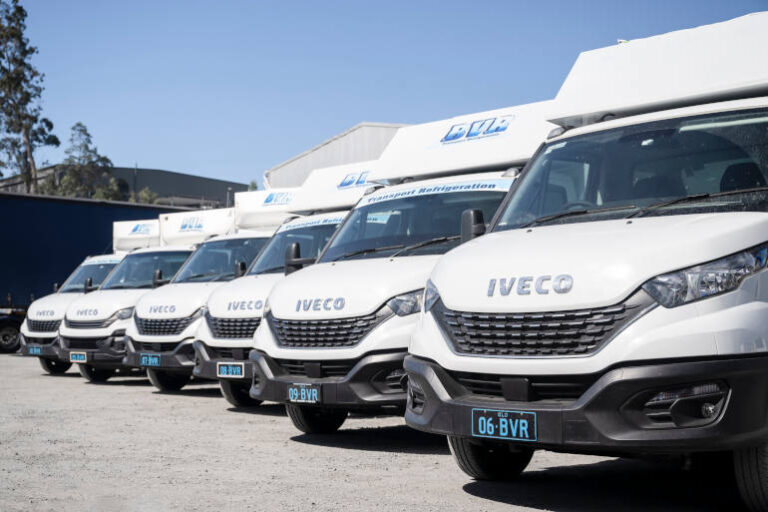The Australian van market is undergoing significant changes, driven by evolving customer needs, shifting industry demands, and an increased focus on efficiency and versatility. James Johnson, National Manager – Fleet and Retail Sales – LCV at IVECO, brings over two decades of experience in the light commercial vehicle (LCV) segment and shares his insights into where the van market is headed.
Changing Demands in the Van Market
According to Johnson, Australian van buyers have traditionally been conservative, often opting for tried-and-tested models. However, this is starting to shift. “We’re seeing fleets push for higher GVMs to carry more tools and equipment, especially in service applications,” says Johnson. “Customers are looking for vans that can handle heavier loads without compromising safety or driver comfort.”
This shift is especially evident in sectors like emergency services and field service operations, where the need for additional space and payload capacity is critical. “Emergency services, for example, are pushing the boundaries of GVM to maximize equipment load while keeping vehicles under car license limits,” he adds.
The Rise of Customisation and Versatility
One of the most notable trends Johnson highlights is the growing demand for customisation. “Customers today want vans that fit specific business needs. Whether it’s mobile workshops, food trucks, or specialist service vehicles, customisation is key,” he notes.
IVECO’s Daily range, known for its flexibility, has become a popular choice for these diverse applications. “Our Daily cab chassis models are particularly strong performers because they offer the versatility businesses need. From motorhomes to mobile libraries, we see a wide array of uses,” Johnson explains.
Vans as Workspaces and Mobile Billboards
Another evolution in the van market is the recognition of vans as both workspaces and brand assets. “A van isn’t just a means of transport—it’s a mobile workshop and a rolling advertisement,” Johnson points out. “Tradespeople are looking for vans that allow them to work on-site comfortably, whether that means having a built-in bench, tool storage, or even space to perform tasks inside the van.”
The aesthetic aspect isn’t overlooked either. “Many businesses invest in custom wraps and branding for their vans, turning them into mobile billboards that promote their services wherever they go,” he adds.
Challenges and Opportunities in the Market
Despite the growth and diversification in the van segment, Johnson acknowledges there are challenges. “The Australian market still leans heavily towards utes, especially in trade industries, due to cultural preferences,” he says. “But I believe there’s a growing recognition that vans can offer superior utility, security, and comfort.”
He points out that many tradespeople still opt for dual cab utes but are beginning to see the benefits of switching to vans. “A van offers more storage, better weather protection, and enhanced safety. Plus, the driving experience has improved significantly, making modern vans more car-like in terms of comfort and technology,” Johnson explains.
Looking Ahead
As for the future, Johnson is optimistic. “We’re seeing steady growth in the van market, especially in sectors like last-mile delivery and service fleets,” he says. “With more businesses recognising the value vans bring in terms of versatility and efficiency, I expect this growth to continue.”
With IVECO’s broad range of LCVs and a focus on customer-centric solutions, the company is well-positioned to meet the evolving demands of the Australian van market. As Johnson sums it up, “Vans are more than just vehicles—they’re tools that help businesses grow and operate more efficiently. And that’s what we aim to deliver.”






